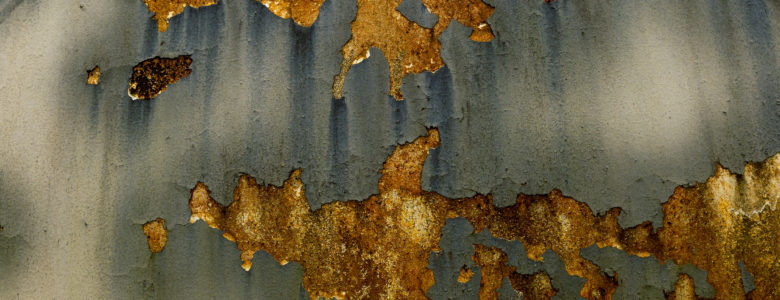The influential National Association of Civil Engineers (NACE) Cost of Corrosion study estimated a $276 billion in direct costs annually associated with metal corrosion in 2002. In the production and manufacturing sector alone, this is a cost of $17.6 billion every year.
Corrosion is a natural occurrence and the costs associated cannot be eliminated entirely. The NACE study notes that 25%-30% of annual corrosion costs can be saved by using optimum corrosion management practices.
To prevent and control corrosion, consider the specific material to protect. What product is transported or processed? Are there environmental concerns such as saltwater or soil to consider?
Need to figure out the correct corrosion inhibitors for your pipeline? Read on to learn more.
Don’t Let Corrosion Begin
Corrosion is the primary cause of failure of pipelines and tanks. Up to 80% or $4.5 billion of the annual cost to maintain, monitor and replace these assets is due to corrosion. Corrosion inhibitors are part of the annual maintenance of your pipeline, and while costly, the alternative is much more expensive.
Selecting the correct materials for your pipeline is the first step. Take into account the material to be transported, the distance and the environment.
Corrosion requires two dissimilar metals and a current-conducting medium between the two. Preventing contact between the metals and the electrolyte medium is the goal of any inhibitor.
Four Types of Corrosion Inhibitors
A corrosion inhibitor is a material that attaches to a metal surface, providing a protective barrier against a corrosive reaction developing.
Types of corrosion inhibitors:
Anodic inhibitors react with oxygen to form a thin film on the surface of the metal. They reduce the corrosion potential of the material by oxidizing a surface layer that is less reactive to corrosive elements.
Cathodic inhibitors slow the cathodic reaction itself or limit the diffusion of reductive elements such as hydrogen or oxygen to the metal surface. Examples are cathodic poisons such as arsenic and selenium ions which slow the reaction or oxygen scavengers such as sulfite ions which limit the diffusion of oxygen.
Mixed inhibitors are compounds that form a film or precipitate to reduce both the cathodic and anodic reactions. Sodium silicate and phosphates used in domestic water softener salts to prevent rust water are examples.
Volatile corrosion inhibitors are compounds delivered to the site of corrosion in a closed environment. They form a protective film only a few molecules thick. For example, in boilers, volatile compounds such as morpholine or hydrazine, are transported with steam to prevent corrosion in condenser tubes.
In shipping, wrapping metals in volatile corrosion inhibitor-coated paper is a common short-term protection against corrosion during transit. The chemicals in the paper continuously vaporize and fill the airtight package to protect against moisture and humidity.
Engineers Evaluation
Corrosion protection is a necessary part of asset maintenance for pipelines and tanks. Professionals develop specific protection strategies using some or all of these types of inhibitors as appropriate to their environment.
For more information about pipeline corrosion protection, tips and techniques, read our blog or ask questions below.



Rock Smith
thanks for explaining in a nice way. can u provide some diagrams for this?
jana
hello dear, I liked your paper and would like to use some information in a paper for my universities study. for that, I would like to know the name of the publisher and the date of publication so I can site it in an apa format